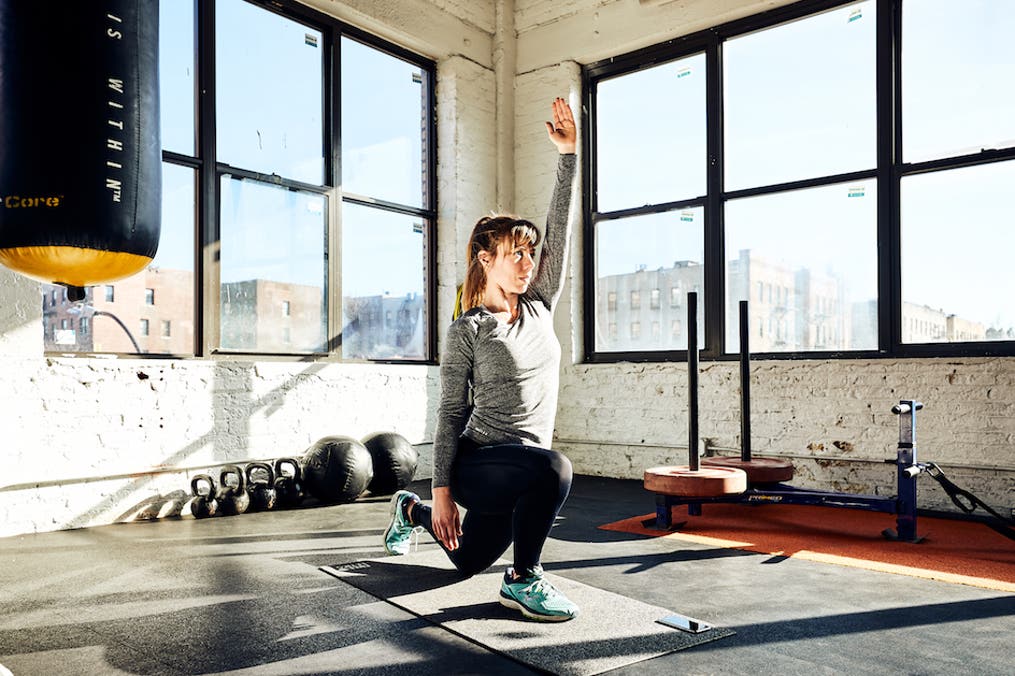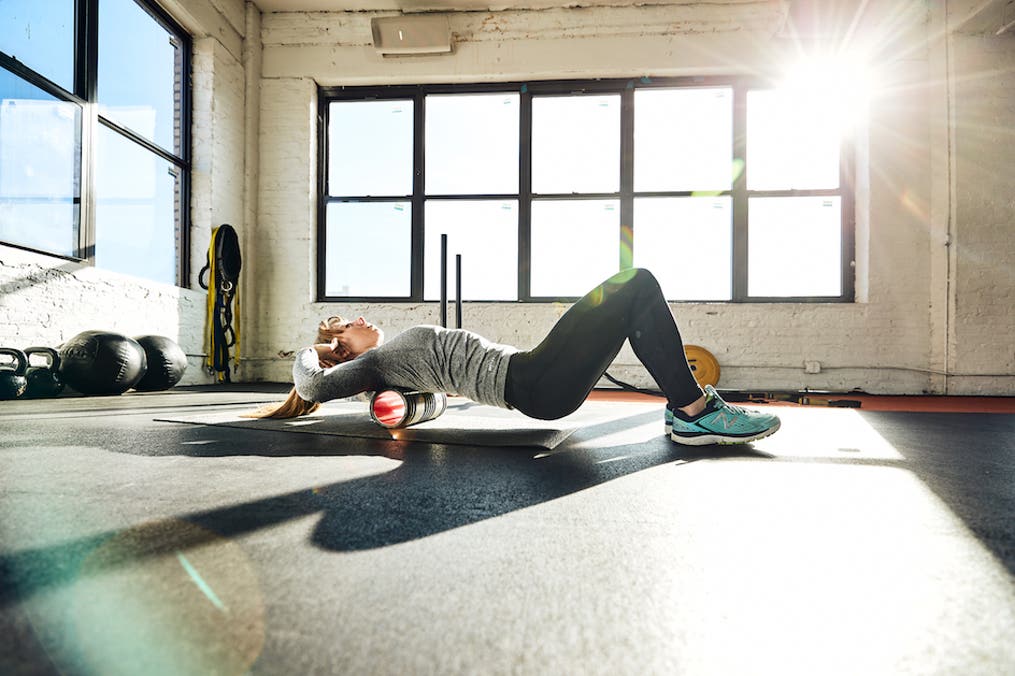First of all, well done; despite being super busy, you have committed to regularly working out. With other obligations competing for your attention, you have a very specific amount of time allotted for exercise, so you’ve done well to stay focused on what matters most. You take your workouts seriously and train hard, but chances are, you either completely omit or just barely gloss over these four important aspects of your training sessions.
There's a common misconception that exercise is only valid when it concentrates on maximum caloric expenditure and effort. Here, training expert Julia Broome highlights the four components of your workout you probably skimp on and explains why they’re so damn important.
#1 A 360 warmup

The warmup is easily overlooked, but is absolutely essential. Perhaps the most important reason you shouldn't skip this part of your workout is to prevent injury. This might not be convincing if you're used to jumping into workouts cold, but it still isn't a smart move and doesn't mean a cold start won't have consequences at some point. A warmup becomes more important the older we get and is absolutely necessary if you have a relatively sedentary office job.
The warmup helps prepare your body for exercise by increasing blood flow and body temperature; it lubricates joints and prepares joints, tendons, and ligaments for movement and the increased weight demands of exercise. Beyond physically prepping your body for exercise, the warmup mentally prepares your body for what is to come as you are transitioning from your previous task to your workout. This gradually eases you into your routine, which will enhance your focus and performance.
#2 A gradual cooldown

If you have ever slapped the stop button on the treadmill during high speed sprints, you may have experienced lightheadedness. Abruptly ending a high intensity workout can cause blood to pool in the lower extremities; a gradual decrease in activity allows your body to adapt when decreasing high intensity exercise which prepares your muscles and connective tissue for flexibility work to follow. Similar to the warmup, the cooldown mentally prepares the body for the following two components.
#3 Roll it out

Self-myofascial release by way of foam rolling can help to reduce trigger point or knots in muscles and improve flexibility. People who engage in repetitive contractile movements, experience poor posture, and/or who have compromised mobility with decreased range of motion can benefit from regular foam rolling.
While plenty of people live with limited range of motion and general tightness, this often eventually leads to problems, especially as we grow older. These affected muscles are at greater risk of being torn when placed under heavier loads. Even if you manage to escape a tear, it can lead to muscular imbalances in strength and flexibility, which also increases overall risk of injury.
While your gym may only offer one density type of foam roller (usually either very soft or very firm), you may find that one type suits you better than another. Generally, a soft density foam roller is best for beginners.
Because myofascial release enhances and promotes healthy tissue, if done regularly with time and attention, you may begin to experience less pain associated with activity, an increase in performance, and improved posture. Additionally, foam rolling a muscle group prior to traditional static stretching increases flexibility, making it a good precursor for what comes next…
#4 Stretch to impress

At this point in your workout, you're fully prepared to stretch. This will release tension and elongate the muscles. Focus should be on stretching the muscles that were just rolled in order to discourage them from returning to their shortened state. Deep, focused breathing helps your body release tension which encourages muscles to gradually elongate. Bouncing while stretching may seem like a good idea, but our body's natural reflex is to resist stretching to prevent overstretching muscle fibers; ballistic stretching can cause injury and is not recommended.
Let's recap:
Balancing all aspects of your workout is critical for long term vitality. Everyday practices add up over time and directly influence the body we walk around in and the way we feel. Next time you find yourself wanting to skip the warmup, cooldown, foam rolling session or stretch out, just remember: you could be missing out on the most important part of your workout.